I have this constant battle over my preference for sea versus mountains. After a prolonged period at either one, my love affair with its opposing cousin soon rekindles and I feel a deep yearning to return. I’ve learnt to appreciate each in equal message as they both appeal to my soul in different ways; the sea with its mischievous and unpredictable energy that brings out my inner child and the mountains that make me feel safe, loved and nurtured.
So after a good few weeks being beside the sea on Spain’s southern coast and having experienced some incredible wild camping spots, we decided it was time to be nurtured; especially given our challenges with unwelcome ‘visitors’ intent on stealing our bikes in Cabo de Gata. Our mountain retreat, on this occasion was to be La Alpujarra region on the southern slopes of the Sierra Nevada in Andalusia. I researched this area last year and wanted to visit because of their arts and crafts, so I was excited to finally get into the heart of this authentic Spanish community.
Known for its collection of Moorish influenced, white-washed mountain villages, this area transports you back in time. A time of cultural clashes and religious battles for supremacy between the Moors and the Christians back in 15th Century. Today it’s more famous for its unique micro-climate of green and lush terraces, nourished by the mountain snow and clean air and its collection of genuine Spanish artisans. Textiles, potteries, wools and the famous Jamón Serrano producing capital, Trevélez can be enjoyed in this hidden mountain sanctuary. Forget your high-rise seaside resorts and your claustrophobic cities – instead head to the mountains for culture, history and tranquility.
When you arrive via Motril, after the acres of greenhouses, you are stunned by the contrasting backdrop of the snow-covered peaks of the Sierra Nevada. It’s easy to see why the defiant Moors took refuge here against Christian dominance back in the day. Inaccessible mountains protecting those who settled in their shadows, impenetrable gorges and deep river valleys carving a meandering passage to the sea.
Perched on the sides of these regal rocks are fifty villages that have made their homes amidst the Nevada landscape. Each one has marked out their territory with assertion, whilst their church steeples tower above the red-tiled roofs to survey their kingdom.
Tourists have both sadly and thankfully uncovered these hidden gems and today you will find a highly accessible route to six of the main villages on the west side of the Nevada. I say sadly as I can imagine in the depths of summer, the tourist coaches must look like a line of caterpillars, inching their way up the mountain roads. Although the flip-side is that it gives these beautiful villages an income and a way to sustain their almost hermit-like existence. When we visited in March 2017, there were only a couple of said caterpillars, so we pretty much had the place to ourselves.
We started at Orgiva, which is on the valley floor in comparison to her lofty siblings. An unremarkable town, although the double-steepled church spires are pretty impressive. This has a commercial feel to it, although after travelling from Cabo de Gata it was a good stopping point. We found a great little campsite about 3 miles south of the town (Camping Orgiva, co-ordinates 36.88731N -3.416941E) In summer definitely worth booking as there are only about 30 spots and only half a dozen of these are any good for Motorhomes longer than 7.5m. Orgiva is best known for its Boho feel, attracting those looking for an alternative life-style.
From here, you trek north towards Pampaneira, the first of the trio of villages huddled in the crook of the Poqueira Valley. There are other smaller villages en route, although with our motorhome we thought it unwise to venture too far off the beaten track. Yet with a car or motorbike, these would undoubtedly be worth exploring. It takes only about 30 minutes to reach Pampaneira and for me, this was my favourite. Artisan shops selling their colourful wares entreat you to buy their incredibly good value textiles. Sadly the Chocolate shop was shut! Disaster. If you wander up some of the side streets, you may be treated to some of the locals looming or weaving – this is real life, not a museum.
Up the road you will find Bubión and Capileira. We chose to by-pass the former and head into Capileira as lunch was beckoning. This feels like a much less touristy village – which, with its plentiful chimneys donning the landscape, framed by the snowy mountain peaks gives you an opportunity to stop for some refreshment. Although it is seriously worth walking around the back streets and looking up at the wooden framed roofs and grape-vine sun visors. It’s incredibly atmospheric and you could sense the banished Moors making home here amongst the wildness of the mountains. Lunch is worth experiencing somewhere along the line; do try the local dish – Plato del Alpujarra with chorizo sausage, black pudding, poor man’s potatoes (cooked with red peppers and onions) and a fried egg. Yes you’ve got it – a good old English fry-up. Whilst it wasn’t perhaps my cup of tea as there wasn’t a lettuce leaf in sight, it was good to eat something typical for the region.
Beers supped and with full bellies we headed for our final stop of the day, 25 km away in the next valley – Trevélez, which is famed not only for the best Jamón in Spain, it is the highest village on the Iberian peninsular at 1476m above sea level. I was intrigued to know why it was such an important area for the ham. And apparently from a very fast speaking Spanish Tourist Information chap, it is the unique mountain climate, lush green vegetation and clean mountain air that makes it very special for raising pigs and enabling a pure curing process.
We parked up for the night at a coach park at the top end of the village and whilst there are no services, you can get fresh mountain water from the spring at the entrance. (Co-ords 37.002179 -3.268541). There is also Camping Trevélez on the west side of town, if wilding doesn’t suit you. (Co-ords 36.991839N -3.270604E).
Now it must be said that this is a summary of the La Alpujarra Tourist Trail and there is so much more to see, which I cordially invite you to check out part 2 of our trip here. Until then, seriously consider checking this area out as it appeals to historians, nature lovers, walkers, photographers and shoppers. A one-stop shop for a real Spanish cultural experience.
Here’s a gallery of some of our pictures.

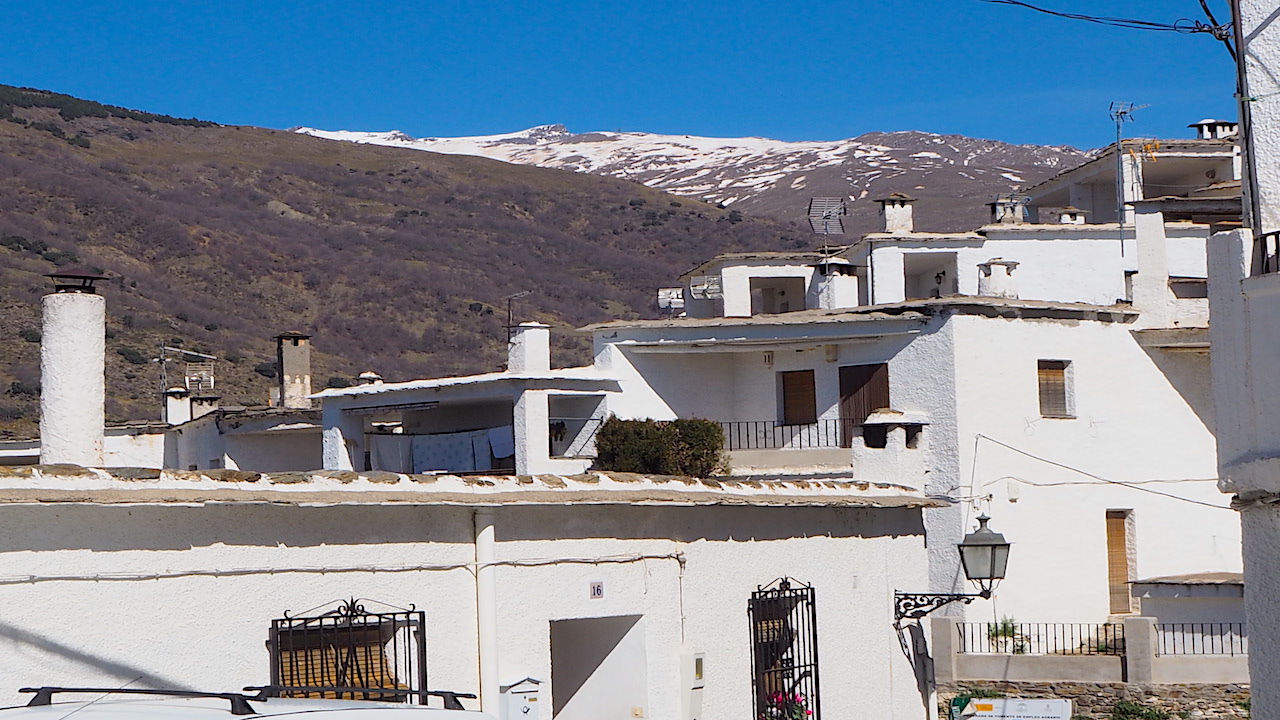
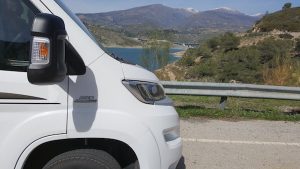
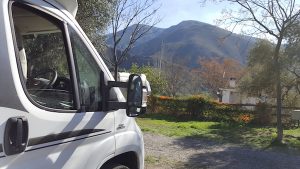
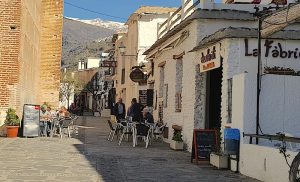
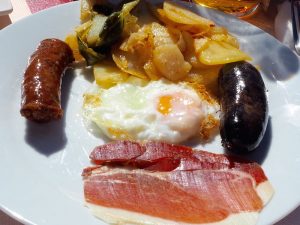
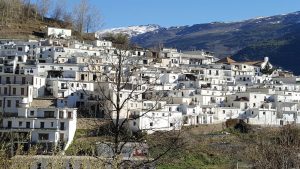
0 Comments
Trackbacks/Pingbacks